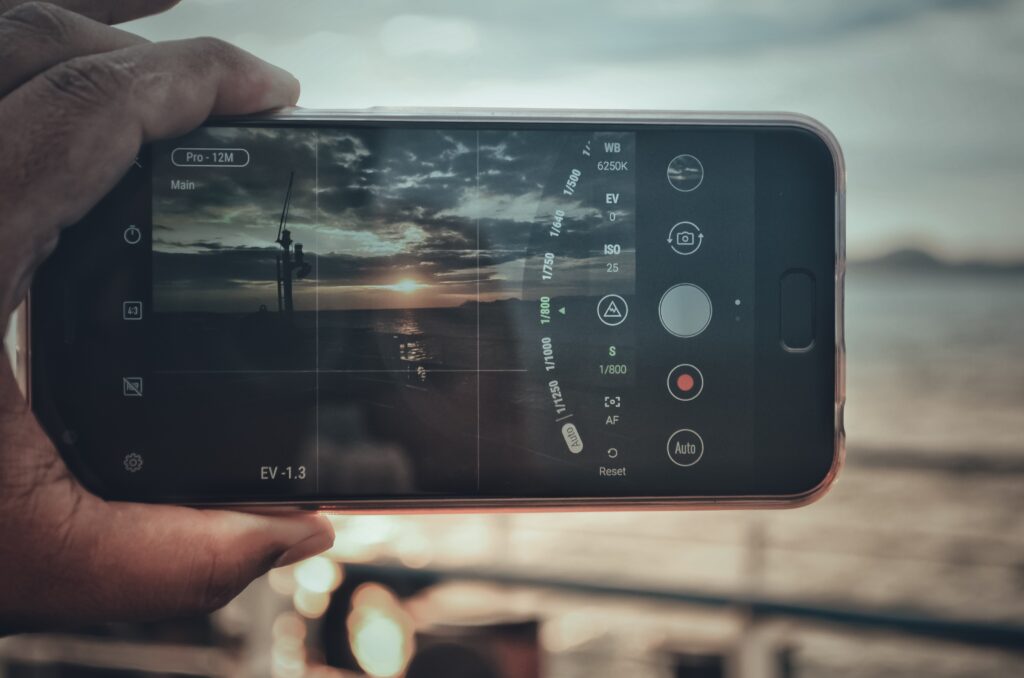We live in a golden age of media. It may be cliche to say but it stands true. Compare now to the golden age of film, the period between the late 1920’s and the early 1960’s, and the silent era, when films had no recorded sound. That single innovation led to the boom of the industry, which was followed by technical advancements of adding color, defining genre archetypes, and so much more. As it was with film, standing out in this saturated environment requires more than simply riding each new wave; it demands purposeful creativity.

Every person is in an ever-constant presence of screens. Televisions, computers, phones, and so much more. Gone are the typical poster board signs, replaced with digital signage which can be changed on a whim. Menu displays in restaurants are often now digital. A dawning point of this boom could be considered the defining innovation of the smartphone (usually crediting the iPhone in particular). Now, everyone with a smartphone has a handheld computer with them at all times where they can look up current events, play games, and watch videos. Thus, a new advertising opportunity arises.
But media isn’t only encompassed by access to screens. Much like the film industry, culture is molded by everything around us.
For example, there are fads and there are trends. Terms are often thrown interchangeably, but the difference lies in their longevity. Viral moments can be considered the modern day fads. Remember things being “on fleek” or “very demure”. What about the ice bucket challenge and what it was for? They are remembered but overall short lived, oftentimes falling into obscurity. Trends are those that have holding power, sticking around much longer. Also, a unique trait about trends is that they will sometimes have an orbiting lifespan, where it will go away to be remembered only then experience a resurgence at a later time. This happens often in other industries like film, fashion, and health.

That’s not to say all trends are better or even equal. In social media, man-on-the-street content is simple and easy to produce. While it is an overall trend, it’s accessible enough that nearly everyone can do it. That’s exactly the problem; everyone can do it. Something overly attainable that is no longer special. There’s nothing unique about it. Just because a smartphone can record video and audio doesn’t mean it can compare to a dedicated camera. Creating without creativity does not make a good creator.
Fads and viral moments are short-lived for such an effort to chase. Understanding the platforms we have access to is important to the equation. The algorithms that run these platforms are daunting, finicky, and ever-changing. What works one day will not always work the following day. It’s a common occurrence that once a large company of any type jumps on the current viral moment train, the moment has passed, and the viral aspect ends abruptly. These attempts tend to act as holdovers for the next big thing.
It’s art vs content.
Often, it’s because ideas come to those with what tools they have available to them. Smartphones have come a long way from their inception. It’s the most accessible tool anyone has and can actually shoot video. But having one tool that does so many things well cannot compare to a tool dedicated to the one thing it is designed to do best. A hammer is more valuable in the hands of a carpenter than it is to a cook. But that’s easy to understand in such a comparison.

The “Shot on iPhone” campaigns from Apple play with this very idea in creative ways. The short films and ads filmed on the iPhone are some of the best quality seen from the device. However, there is so much effort behind the scenes that helps it produce the very best images and sound. They are full video productions with filmmakers who understand the device’s shortcomings and overcome them by using professional lighting and audio with support. It truly was shot on an iPhone. This is what the smartphone can do in filmmakers’ hands.
This returns to the original topic about creativity. It’s always a marathon more than it is a sprint. True creativity stands out because of the time and effort that went into building an idea. A foundation built upon understanding and complexity of what is to be conveyed, stronger because of what came before. It gives life to a message or campaign that can exist longer than any simple fad or viral moment can only hope to achieve. That’s the strength of creative vision.
This is why it is so important to create something unique. True creativity stands out.